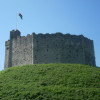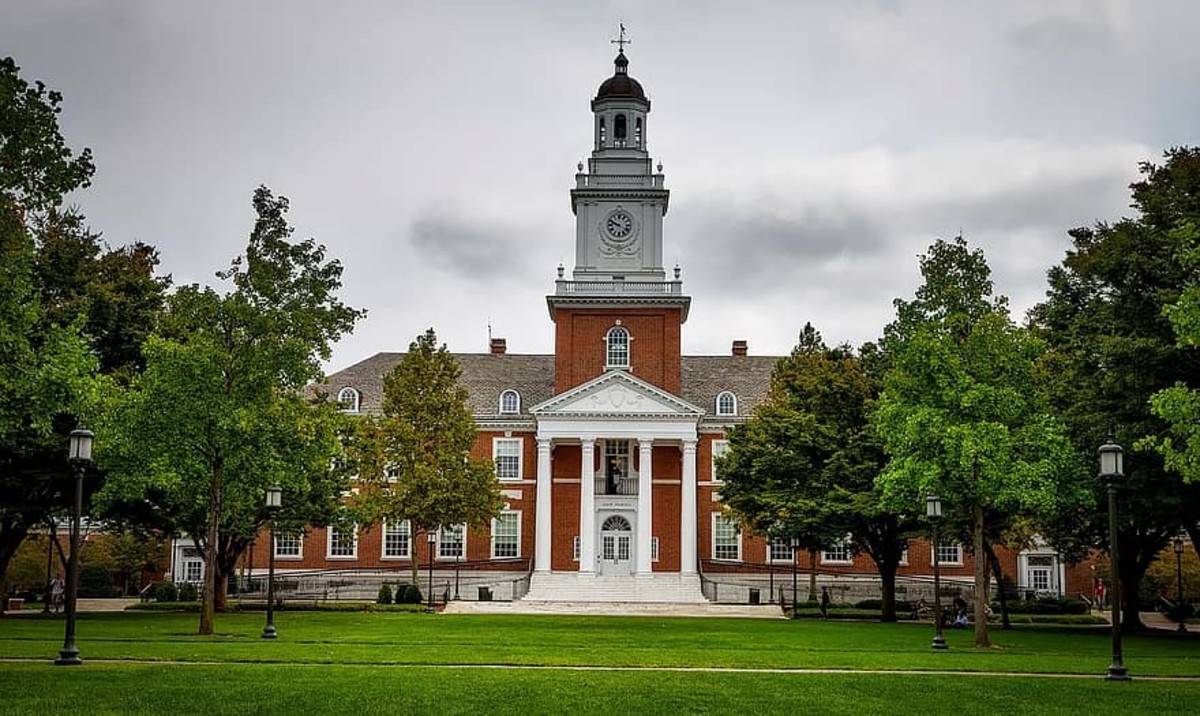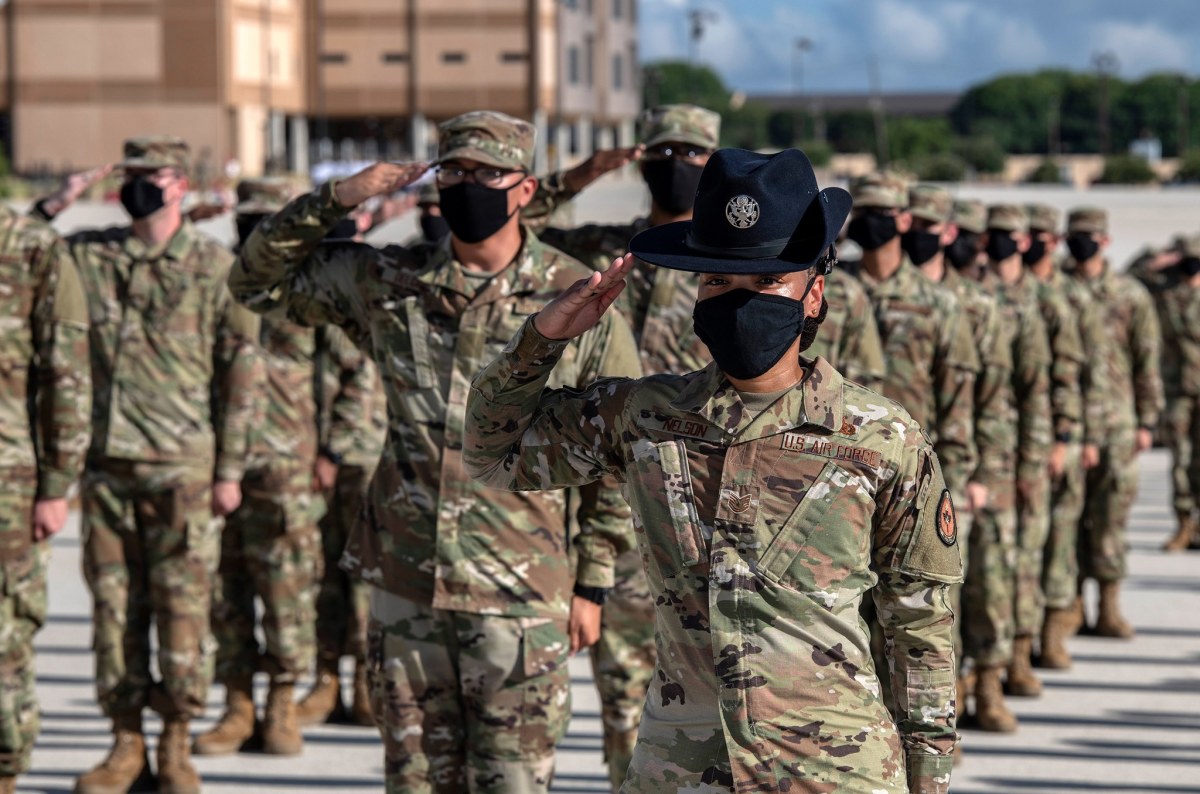Why do Graduates Wear a Cap and Gown?
Students at Graduation Ceremony

Growing up in the UK the only time I saw a cap and gown was upon graduating University or in old movies. Most of my memories of the event itself focus on how long it was,( it was in both English and Welsh) and I recall very little of the tradition behind the wearing of the cap and gown. I do remember being told that the tassel was to hang on one side before the ceremony and was to be moved to the other side afterwards. In the US more emphasis is placed on 'graduating' from other levels of education and most High Schools have a graduation ceremony. My daughter even had a graduation ceremony at preschool!
So why do students wear a cap and gown? what is the tradition behind the outfit and the significance of the tassel and the throwing of the cap?
History of the Gown
Historians trace the wearing of academic robes to the origins of the first Universities. In Europe during the 12th century the majority of students were members of the clergy or those studying to become clergy, therefore their clothing tended to be of a more plain nature along the lines of clerical robes. As the Colleges and Universities developed, their need for locations to hold lectures and talks led to the use of Churches or even outdoors. The wearing of cloaks or robes protected them from the cold drafty Church buildings and weather. The new Universities adopted this style of robe and it became standard dress for academics. Over time the design of the robe was adapted, becoming thinner and shorter. In the 1800s colors began to be added to denote areas of study and educational institutions. They became standardized in the US due in part to an article published by Gardner Cotrell Leonard in 1893 on the subject of academic dress. Asked by the Intercollegiate Commission he designed a system of colors to represent fields of study as well as guidelines for the cut of the gown, style and fabric.
In 1959 the American Council on Education led a committee on Academic Costumes and Ceremonies to review the costume code.
Today the wearing of gowns by students is saved for ceremonies and graduations in most Universities.
Modern Specifications of Graduation Robes and Caps in the US
Robes
| Caps
|
|---|---|
shape and size of the hood and sleeve design denote the degree earned
| caps should be made of black cottonpoplin, broadcloth, rayon or silk to match the gown
|
Color of the hood's lining relates to the college or university the degree was obtained from.
| a cap for a doctorate degree can be velvet.
|
the facing of thr hood denotes the area of study.
| tassels are fastened to the middle of the cap's top and should be the color of the field of study, unless it is for a doctors degree which can be gold.
|
History of the Cap
The mortar board or cap is a skullcap type of hat with a square board on the top. A tassel is attached to the center of the square. Historians place wearing of the cap by students as common place by the fifteenth century. Possibly developed from the type of hats worn by the clergy, the caps were often decorated or embroidered.
Hat With Tassels on the Right

Why do Tassels get Moved?
The moving of the tassel from right to left, sometimes called the turning of the tassel, is performed to signify the recognition of earing a degree/diploma. In some institutions it is performed as each individual receives their certificate, in others it is performed as one group. There are strict guidelines with regard to the color of the tassel. In the US tassels should be black or the color of the subject the degree was earned in. The exception being a gold tassel for graduates receiving a doctoral degree.
Hat Tossing after the Ceremony

Hat Tossing
The origins of the hat tossing at the end of the graduating ceremony is unclear. A modern tradition, most sources link it to a graduation in 1912 at the US Naval Academy in Annapolis Maryland. The story goes that the graduating class were not given their generals hats until the actual ceremony. The graduate removed their uniform caps, threw them in the air and then replaced them with their new Generals hats. Today it symbolizes the end of one chapter in your educational life.
So in conclusion, the wearing of a cap and gown at graduations dates back to the practice of clothing worn by scholars in the early years of the growth of Universities and Educational Institutions. Born out of a practical need to stay warm and the typical clothing worn by clergy at that time the uniform developed into an academic symbol worn by both teachers and students. Today it has become a symbol of graduation and achievement and part of the tradition of the ceremony itself.








